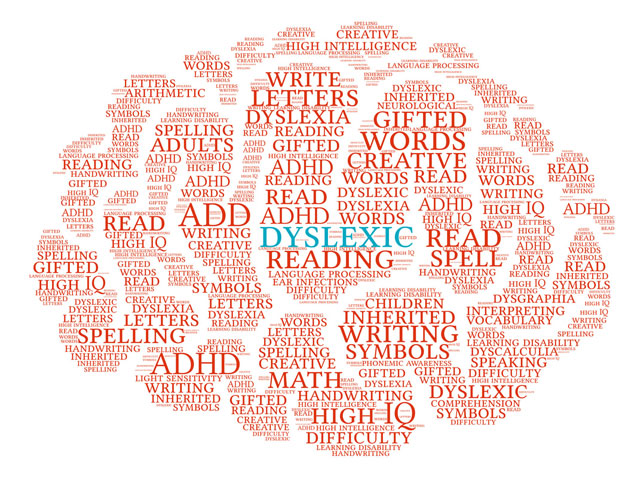
What is Dyslexia and What are the Treatment Options?
Reading and writing are must-have skills for occupational success in today’s world. Dyslexia is a problem with word memory and processing of words in the mind and negatively affects an individual’s reading and writing skills.
Although this disease is popularly seen as an intelligence problem, in reality it is a learning disorder and has absolutely nothing to do with mental retardation. On the contrary, many successful people who have made their name in history have dyslexia. For example, Albert Einstein, Whoopi Goldberg, Tom Cruise, Leonardo Da Vinci, Steve Jobs and Bill Gates are all dyslexic.
What are the symptoms of dyslexia?
Dyslexia shows different symptoms at different ages. Since it is usually recognized in primary school age, the following symptoms can be observed in dyslexic children in this age group:
- Difficulty in matching letters with sounds
- Slowness in reading and writing
- Problems in verbal processing of letters, words and sentences
- Failure to understand what is read
- Distraction during reading
- Connection disorders between sentences
- Being hesitant about reading
- Having trouble learning new words
Causes of dyslexia
Researchers believe that dyslexia is mostly caused by genes. The biggest basis for this view is the fact that almost half of the siblings of dyslexic individuals have reading difficulties and nearly half of their parents are dyslexic. The second most common cause is problems that may affect neurological development of the baby. These include low birth weight, febrile illnesses in infants and exposure to stimulants and drugs in the womb.
What are the treatment methods for dyslexia?
Treatment of dyslexia is not possible with any medication or surgical procedure. The best treatment alternative is precautions that can be taken regarding the problems caused by the condition.
Since the symptoms become visible in primary school, the child should start receiving special education as soon as the diagnosis is made. With individualized education, the child can easily reach the same level as peers.
If the child has socialization problems due to learning difficulties, he or she may also need a psychotherapist from time to time.
Another important part of the treatment is the family. Helping the child with homework and especially practicing reading and writing together can significantly speed up the treatment process. Reducing the use of screens at home also contributes to the child’s natural developmental potential. Whenever possible, forming social support groups with families whose child is dyslexic will also increase the child’s awareness.

